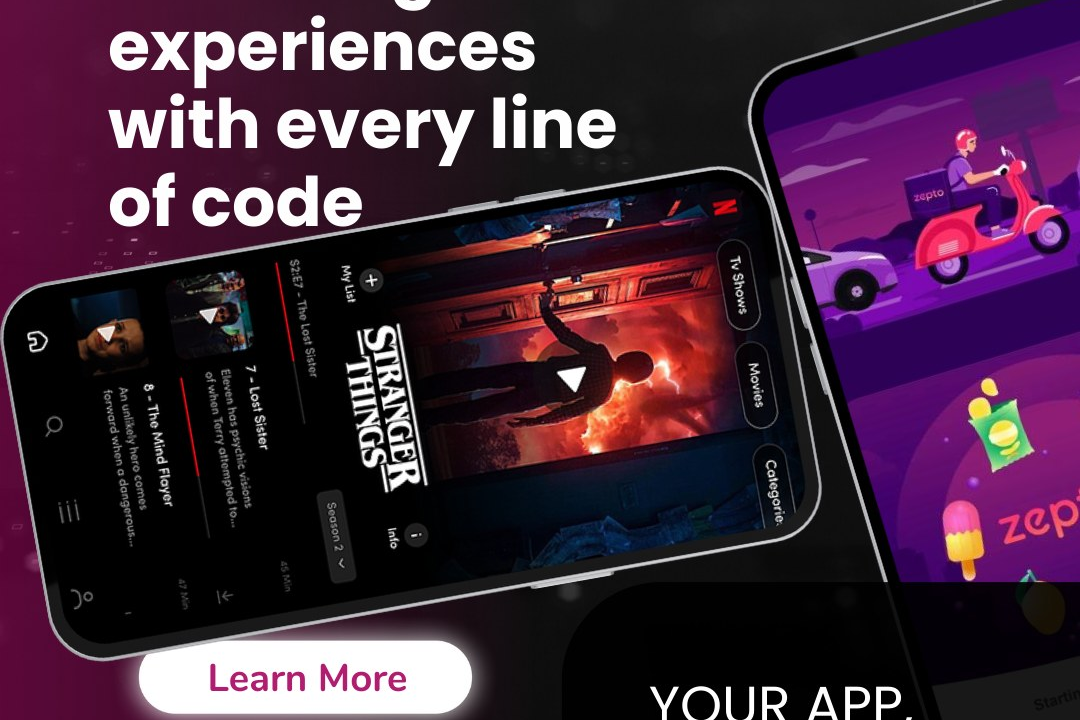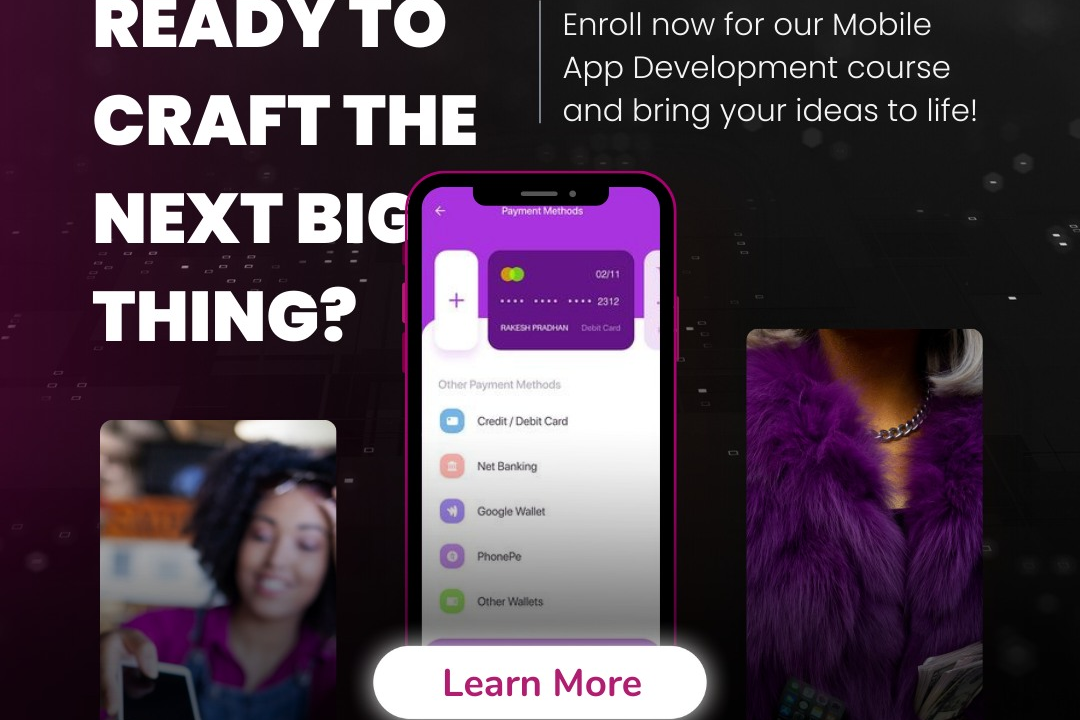Tableau Interview Questions For Freshers
Essential Tableau Interview Questions for Freshers
Tableau Interview Questions For Freshers
Tableau interview questions for freshers typically focus on understanding basic concepts such as data visualization techniques, dashboard creation, filters, calculated fields, and data connectivity. Freshers may also be asked about their knowledge of Tableau functionalities like mapping, trends analysis, and statistical tools. Employers may assess candidates on their problem-solving skills, creativity in visualization design, understanding of data visualization best practices, and ability to interpret visual data effectively. It is important for freshers to showcase their enthusiasm for learning and adapting to new technologies during the interview process.
To Download Our Brochure: https://www.justacademy.co/download-brochure-for-free
Message us for more information: +91 9987184296
1 - What is Tableau?
Tableau is a powerful data visualization tool that allows users to create interactive and shareable dashboards to make data driven decisions. It simplifies the process of understanding complex data through easy to create visualizations.
2) What are the different data connection options available in Tableau?
Tableau provides various data connection options including Excel files, databases (such as SQL Server, Oracle, MySQL), cloud services (like Google Analytics, Salesforce), and web data connectors to directly connect to online data sources.
3) How can you create a calculated field in Tableau?
To create a calculated field in Tableau, you can click on the dropdown arrow next to the dimensions or measures cards in the data pane, select “Create Calculated Field,” and then write the calculation using Tableau's syntax.
4) Explain the difference between a discrete and a continuous field in Tableau.
A discrete field contains distinct, separate values such as categories or labels, while a continuous field is represented by a continuous range of values. For example, a discrete field could be Product Category, while a continuous field could be Sales Revenue.
5) What is the purpose of a parameter in Tableau?
Parameters in Tableau allow users to dynamically change the values in their visualizations, such as filtering data or changing calculation logic, without modifying the underlying data source or calculations directly.
6) How can you create a dashboard in Tableau?
To create a dashboard in Tableau, you can drag and drop sheets from the “Objects” pane onto the dashboard canvas, then arrange and customize the layout as needed. You can also add various interactive elements like filters and parameters to enhance the user experience.
7) What is the difference between a dashboard and a worksheet in Tableau?
A worksheet in Tableau is a single visualization that displays data based on the fields and filters applied, while a dashboard is a collection of multiple worksheets and other interactive components like filters, titles, and images arranged on a single canvas for comprehensive data analysis.
8) How can you share Tableau visualizations with others?
You can share Tableau visualizations by publishing them to Tableau Server or Tableau Online, where authorized users can access and interact with the dashboards via a web browser. Alternatively, you can export visualizations as static images or PDF files to share offline.
9) What is the difference between an extract and live connection in Tableau?
An extract in Tableau is a static snapshot of data imported into Tableau's memory for faster performance and offline analysis, while a live connection directly queries data from the source database in real time, ensuring that visualizations reflect the most current data.
10) How can you improve the performance of Tableau workbooks?
Performance optimization techniques in Tableau include minimizing the number of visualizations, avoiding complex calculations in real time, optimizing data source connections, aggregating data at the source level, and utilizing data extracts for faster processing and analysis.
Browse our course links : https://www.justacademy.co/all-courses
To Join our FREE DEMO Session: Click Here
Contact Us for more info:
- Message us on Whatsapp: +91 9987184296
- Email id: info@justacademy.co
Selenium Programming Interview Questions
Android Mobile Testing Interview Questions












